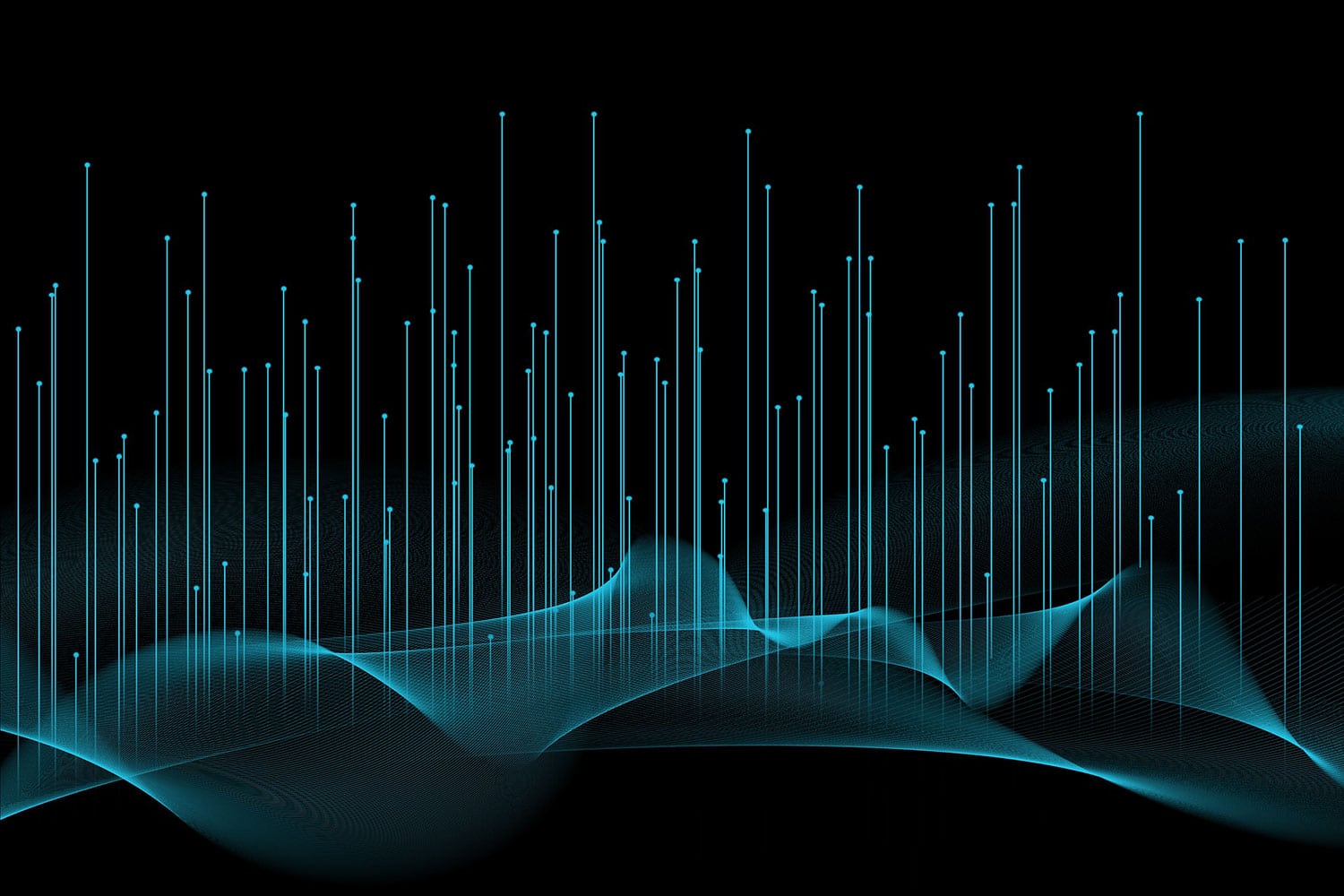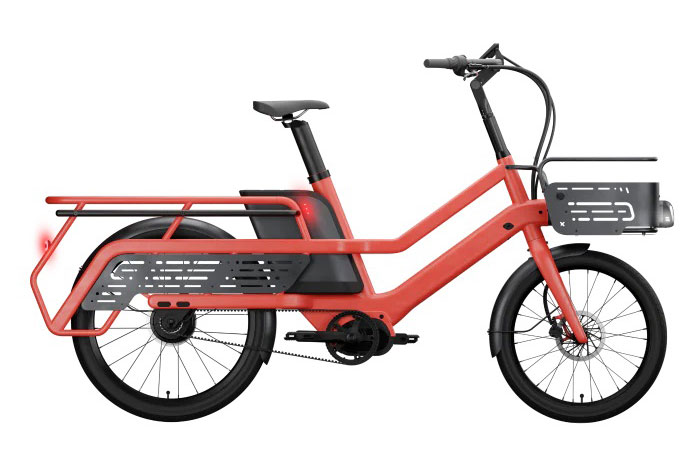Viewpoint training simulators can provide guarded, controlled, and effective educating environments for medical students to to practice hands-on physical scrutiny skills. Most existing robotic charges training simulators that can capture physical scrutiny behaviors in real‑time just can’t display facial expressions, which often can an important source of information as for physicians. Also, they make up a limited range of patient personal in terms of ethnicity and issue.
A team led written by researchers at Imperial Ncaa London has developed a way to make more accurate expressions of aches and pains on the face of medical working robots during the or perhaps examination of painful areas. Our own robotic system can replicate facial expressions of anguish in response to palpations, displayed much more than a range of patient face personal. This could help teach trainee doctors to use clues concealed patient facial expressions to minimize the force necessary for personal examinations. The technique can also help to detect and correct promptly signs of bias in professional students by exposing those to a wider variety of patient details.
“Improving the accuracy and precision of facial expressions coming from all pain on these automated programs is a key step in upgrading the quality of physical examination practicing for medical students, ” said the study internet marketera Sibylle Rérolle from Imperial’s Dyson School of Website design Engineering.

In the research project, undergraduate students were desired to perform a physical examination throughout the abdomen of a simulated patient, which triggered the real‑time display of six pain-related facial Action Units (AUs) on a robotic face (MorphFace). The researchers unearthed that the most realistic facial words and phrases happened when the upper undertake AUs were activated to start, followed by the lower face AUs. In particular, a longer delay from activation of the Jaw Save AU produced the most instinctive results.
The team also present that so how participants perceived the pain of this robotic patient was obsessed with the gender and ethnic differences between the participant great number of patient and that these opinion biases affected the useful applied during physical visit.
“Previous studies needing to model facial expressions akin to pain relied on arbitrarily generated facial expressions shown to participants on a screen, ” said lead author Jacob black Tan, also of the Dyson School of Design Technological. “This improved first time that participants were definitely asked to perform the energetic action which caused any simulated pain, allowing folks to create dynamic simulation watches. ”
The students were initially asked to rate and the appropriateness of the facial movement from “strongly disagree” at “strongly agree, ” coupled with researchers used these reactions to find the most realistic order of AU activation.
“Current research in our science laboratory is looking to determine the viability of your new robotics-based teaching programs and, in the future, we hope so you can significantly reduce underlying biases in medical students within just an hour of training, ” said Dr . Thrishantha Nanayakkara, the director behind Morph Lab.
Automatic patient with facial painful sensation expressions to help train surgeons
Source: Tambay News






0 Comments